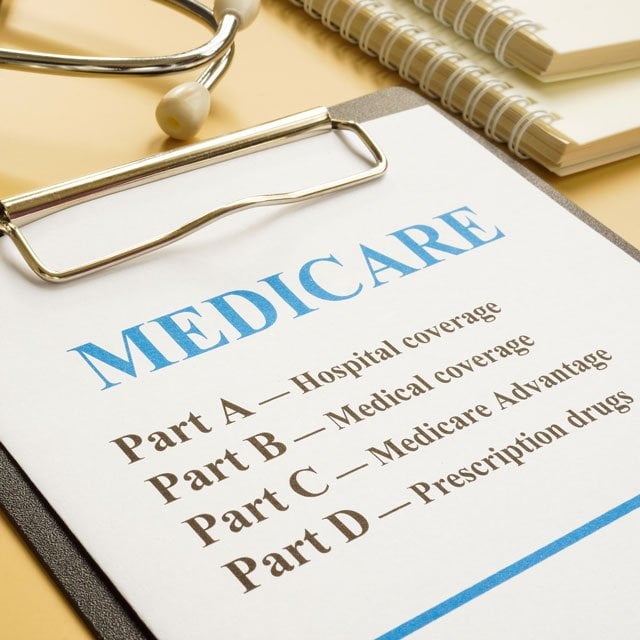Next Up: Medicare Advantage Open Enrollment

Switching to Original Medicare
Switching to original Medicare can be an option for clients on an Advantage plan in some cases. Original Medicare does not have any network or geographical restrictions. While not every doctor or provider will take only what Medicare pays, many do.
Unlike an Advantage plan, original Medicare does not offer coverage beyond Parts A and B. If clients do switch to original Medicare, they will need to procure prescription drug coverage under a Part D plan. Failure to do so in a timely fashion could result in a penalty that could be permanent.
Original Medicare users must demonstrate that they have creditable prescription drug coverage to avoid any penalties or surcharges. They may also want to consider a Medigap supplement plan as well to help cover deductibles, copays, coinsurance and other costs.
One issue with securing Medigap coverage could arise if a client has health issues. New Medicare enrollees cannot be denied this coverage during Medigap open enrollment, which is a period starting the first month they have Medicare Part B coverage and are age 65 or older and extends for six months. After that initial period, Medigap issuers can deny coverage or charge higher rates based on clients’ health situations. Note that some states have different versions of supplemental coverage.
Original Medicare does not offer coverage in a number of areas including vision, dental and hearing services. Many Advantage plans do offer this coverage, so if clients move to original Medicare from their Advantage plan, they should consider obtaining coverage for routine dental vision and other non-covered services. Note that original Medicare may cover some services in these areas if they are deemed to be medically necessary.
It may be feasible for clients to cover these costs out of pocket, or through a health savings account if they have one from their pre-Medicare days.
Enrollment Periods During the Year
In working with clients who are on or soon to be eligible for Medicare, it’s important to keep these various enrollment dates in mind.
Initial enrollment period, Parts A and B. This period spans seven months including the three months before their 65th birthday, their birthday month and the three months after their birthday. The initial enrollment period is for those new to Medicare.
Initial enrollment period for Part B if a client had other coverage after age 65, such as eligible coverage from an employer or a spouse’s employer. This period starts any time after the initial enrollment period ends, and clients have eight months after their group coverage or their employment ends to enroll in Part B without penalty.
Medicare open enrollment goes from Oct. 15 through Dec. 7 each year.
Medicare Advantage open enrollment runs from Jan. 1 through March 31 annually.
Special enrollment periods vary and cover clients’ special situations. These might include relocating their residence, losing current coverage, changes in their Medicare Advantage plan that affect their coverage and a host of other scenarios.
Medical costs can comprise a significant expense in retirement, and Medicare is an important benefit for this reason. Failure to enroll at the proper time can result in costly penalties. In some cases, these penalties are a permanent additional cost.






